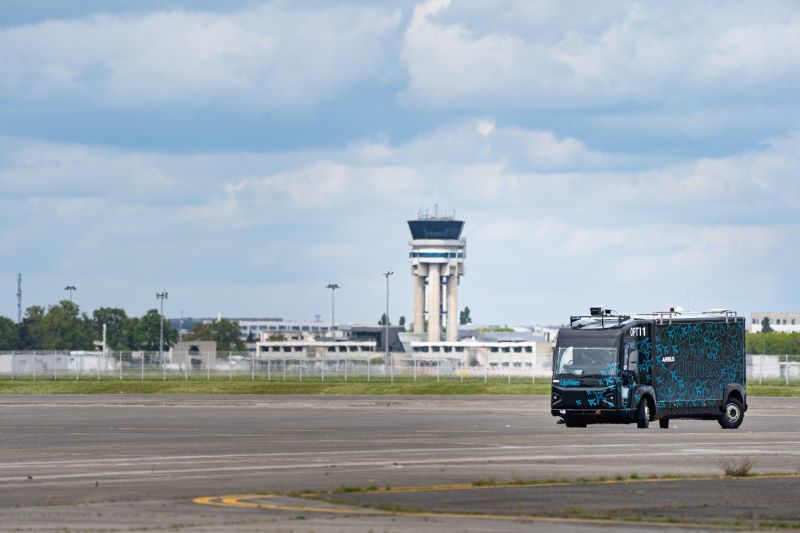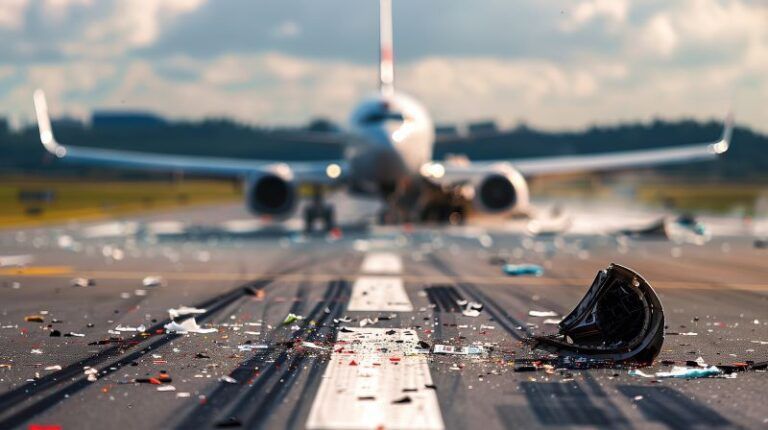As air traffic continues to increase globally, the risk of runway incursions and other ground-based incidents has become a growing concern for aviation. To address this critical safety issue, the industry is developing new ways to reduce the likelihood of potential collisions on runways.
Surface Alerts for Runway Awareness (SURF-A) is being developed by Honeywell. The system provides pilots with direct audio and visual warnings when it detects potential conflicts with other aircraft on or near runways during critical phases of flight like take-off and landing. SURF-A builds on Honeywell’s existing Enhanced Ground Proximity Warning System (EGPWS) and leverages Automatic Dependent Surveillance-Broadcast (ADS-B) technology to give flight crews enhanced situational awareness of runway traffic.
“There’s no alert for running into an aircraft on the runway,” says Thea Feyereisen, senior technical fellow at Honeywell, during a recent technology demonstration of the new technology. “We are trying to be proactive in addressing this safety gap.”
The need for such a system has become increasingly apparent in recent years, especially in the USA. According to US regulator the FAA, while the total number of runway incursions in the country has remained relatively steady at around 1,800 per year over the past decade, the number of serious near-miss incidents has been trending upwards. In 2023, there was 19 serious runway incursions, the highest number since 2016.
Several high-profile incidents in 2024 have further highlighted the issue, including a collision between an Airbus A350 and a Coast Guard aircraft in Tokyo that resulted in six fatalities. Other near misses have occurred at major airports, such as an incident at JFK in New York earlier this year, when an A330 was cleared for take-off while four other aircraft were cleared to taxi across the same runway.
Interventions can come from the ATC Tower, but SURF-A provides an alert in the cockpit as quickly as possible. During flights, the Traffic Collision Avoidance System (TCAS) provides an alert for any potential mid-air crashes, but this system does not work while on the ground.
Aural alerts
“If we detect another aircraft in what we call the runway engagement zone, and we predict a time to collision of less than 30 seconds, the system triggers an aural alert in the cockpit,” Feyereisen says. “There are a lot of near misses in the system. Pilots in this phase of flight are eyes out, so the audio alert is really important. We reinforce this with a text alert on the EGPWS display.”
The system uses ADS-B data to track the position and movement of nearby aircraft. Algorithms analyze this data along with the aircraft’s position and phase of flight to determine if a potential conflict may occur.
ADS-B technology broadcasts an aircraft’s position about once a second, so several returns for position and speed are required to know that an aircraft is either taking off or taxiing.
The SURF-A system connects with ground traffic monitoring systems used by ATC. Surveillance technology was in place at Japan’s Tokyo Airport last year, but a visual alert in the ATC tower was not recognized in time to prevent the collision. Alerts from ATC can take up to ten seconds to reach the pilot in the cockpit of an aircraft.
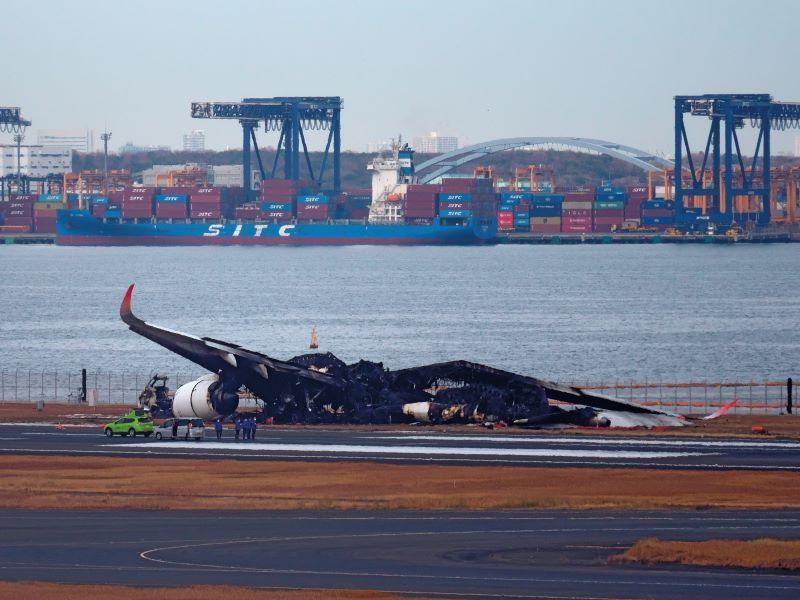
ATC ground monitoring systems are being rolled out at airports around the world, but are expensive at around US$550 million, and can take around a year to install.
“It is also good practice to have multiple layers of defense,” says Feyereisen. “The SURF-A system reports directly to the pilot and as such should be viewed as the last line of defense against a collision.”
A key aspect of the system design was minimizing the number of alerts. “We don’t want to introduce nuisance alerts. We don’t want it to tell pilots there’s traffic on the runway if there isn’t,” Feyereisen says. “If you have too many alerts, pilots start to ignore the system.”
Human factors matters
To address this, Honeywell’s engineers analyzed tens of millions of hours of real operational flight ADS-B data to refine the alerting algorithms. They also conducted extensive Monte Carlo simulations to account for factors like GPS position uncertainty. “Most of the work on the nuisance alerts is simulation analysis, and we have tens of millions of hours of real operational flight ADS-B collected data,” says Feyereisen.
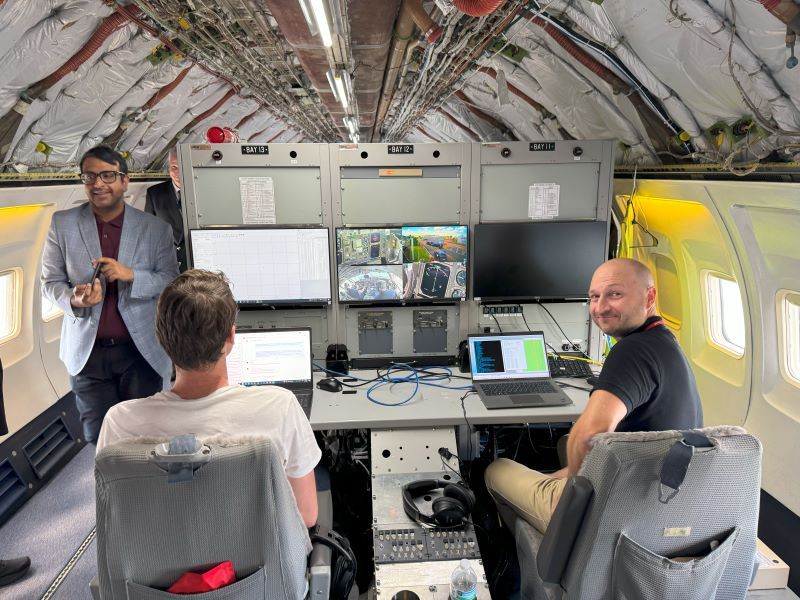
Honeywell’s Boeing 757
test aircraft
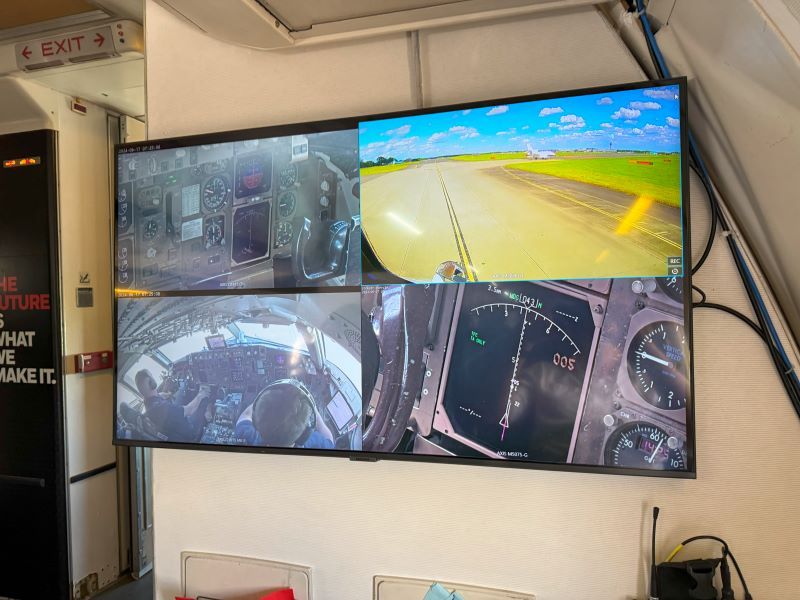
SURF-A system
Significant effort went into optimizing the human-machine interface (HMI) and alert messaging of SURF-A. While the system can detect around a dozen different alert scenarios, these were condensed into four main alert types to simplify pilot interpretation and response.
Testing showed that an audio call-out is the best way to grab pilots’ attention, backed up by text alerts on the EGPWS display. “We wanted to make the system as easy for the pilots to learn and react to as possible,” says Feyereisen. “So a fair amount of time was spent determining what the right messages are for the alerts and what to show on the display.”
Even the text’s font was carefully considered. The current implementation uses the “Flintstone font” – large, jagged characters that are highly legible. While initially chosen for technical reasons related to limitations of the display hardware, a sweeping motion used to draw the characters was found to have the unintended benefit of attracting visual attention.
Retrofit focus
Another key design goal for SURF-A was to enable cost-effective retrofit installation on existing aircraft. By hosting the system on the EGPWS computer already present on most commercial aircraft, Honeywell aims to minimize the hardware changes required.
The current prototype implementation runs on a Boeing 757 testbed aircraft that recently celebrated its 42nd birthday. For newer aircraft with more integrated flight decks, the alerts could potentially be shown on primary flight displays or head-up displays. “For older aircraft, we’ll show the alert on the EGPWS nav display,” Feyereisen says. “If we can get it to work on this, we can get it working on more modern aircraft.”
This retrofit focus addresses a critical need identified by airlines. “When we go talk to the airlines about this, they want a safety system that can be used across their entire fleet,” says Feyereisen.
A SURF-A upgrade can be accomplished with a software update and minimal wiring changes. This approach avoids the complexity and cost of integrating with multiple avionics systems from different manufacturers. “There’s no new holes to drill. There are no antennas to install. With this type of installation, it is just a software upgrade and a pair of wires from the traffic computer to the EGPWS,” says Feyereisen.
Test and certify
Development of SURF-A began in 2008 under an FAA contract, with additional funding later provided via EU research programs. However, widespread implementation was not possible until the recent mandate for ADS-B Out equipage on commercial aircraft. Honeywell has since analyzed ADS-B data, run simulations and human factors evaluations in flight simulators, and conducted flight tests using their Boeing 757 testbed aircraft.
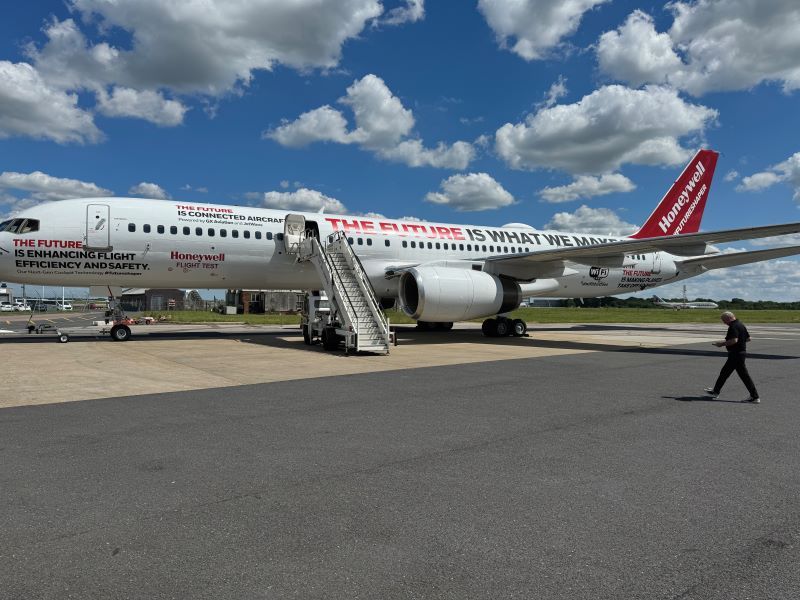
SURF-A should be certified first with the FAA, then EASA, and be available within the next 18 to 24 months. The goal is to implement the system before a major incident forces regulatory action.
Joe Duvall, director of flight test for Honeywell has been involved in SURF-A flight testing. He says, “What we don’t want is for something bad to happen as a result of an incursion that then forces everybody’s hands to introduce safety technology. We would like to put this in as a proactive measure.”
Good reception
Initial feedback from pilots and industry stakeholders has been positive. During the recent technology demonstration, representatives from airlines and regulatory agencies expressed enthusiasm for the system’s potential to enhance runway safety.
“We’ve seen enthusiasm from pilots,” Duvall says. “We are working with people at the FAA and NTSB. With the added influence from those outside forces, we are hopeful airlines will adopt it.”
However, challenges remain in driving widespread adoption. While Honeywell’s existing runway safety products have achieved around 25% market penetration, the company is aiming for a much broader implementation of SURF-A.
“I want 100% penetration,” Feyereisen stated. “Aircraft have an alert for when they are about to fly into the terrain. An alert for when they might fly into another aircraft airborne, but there’s no alert for running into an aircraft on the runway.”
As air traffic continues to grow and airport operations become increasingly complex, the need for enhanced runway safety measures is clear. Honeywell’s SURF-A system represents a solution that provides an additional layer of protection against runway incursions.
By focusing on a cost-effective retrofit approach and working closely with airlines, regulators, and other stakeholders the company aims to drive voluntary adoption of the safety-enhancing technology. If the approach is successful, SURF-A could soon be providing pilots with an extra set of eyes to help them navigate airports. For an industry where safety is paramount, this represents a significant step forward in reducing the risk of runway incidents and potentially saving lives.
Airbus tests Runway automation Technology
Airbus UpNext launched the three year Optimate, R&D project in May to test automatic aircraft taxiing and pilot assistance features using an electric truck at Toulouse-Blagnac Airport, France with future tests planned at a larger international airport.
The truck simulates an A350 cockpit with a virtual flight deck, incorporating advanced technologies such as LIDAR, external cameras, GPS, satcom, and 5G. It combines automation, computer vision, data fusion, and machine learning to enhance aircraft navigation systems, human-machine interfaces, and overall flight safety.
Optimate’s automatic taxiing will rely on precise position calculations, with quantum sensing being explored to improve navigation system robustness. The project also aims to develop a collaborative map and virtual flight assistant to support pilots’ decisions and interactions with ATC and airline operations centers.
The final phase will test a virtual assistant during a fully automated gate-to-gate mission on an A350 flight test aircraft. Michael Augello, CEO of Airbus UpNext says, “Our ambition is to make our aircraft more aware of their operating conditions, analyzing it as much as possible to become smart and reliable assistants to pilots, providing them with the optimal assistance.”
